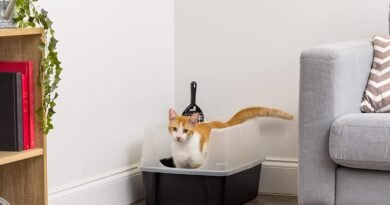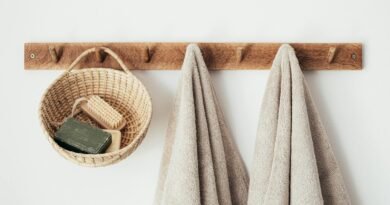Should You Use Bleach to Clean a Toilet? We Asked a Cleaning Pro by Mary Marlowe Leverette
The Spruce / Ulyana Verbytska
Chlorine bleach is an ingredient in many commercial toilet bowl cleaner, thanks to its ability to work as an effective disinfectant and stain remover.
It’s only natural that you could choose to clean your toilet with solely bleach, if that’s what you have on hand.
Whether you’ve run out of toilet bowl cleaner or want to make bleach your go-to toilet cleaner, we’ll show you how to use it correctly to clean the toilet.
Why Bleach Really Works to Clean a Toilet
The Spruce / Taylor Nebrija
A toilet should be cleaned and disinfected at least weekly. The active ingredient in chlorine bleach, sodium hypochlorite, effectively kills bacteria, fungi (mold), and viruses.
You can tell when chlorine bleach is doing its job because you get the distinctive chlorine odor as it breaks down organic matter.
Tip
Read the labels on bleaches to make sure they will do an effective job of cleaning the toilet. There must be a 5.25% to 6.15% concentration of sodium hypochlorite for the bleach to work.
Want more cleaning and organizing tips? Sign up for our free daily newsletter for the latest hacks, expert advice, and more!
How to Clean a Toilet Effectively With Bleach
When working with chlorine bleach, or any cleaning products, be sure to provide adequate ventilation while you clean. Open windows, turn on the bathroom exhaust fan, or add a circulating fan to the room.
Gather supplies. You will need a bottle of chlorine bleach, a measuring cup, a toilet brush, a spray bottle, and a microfiber cloth or paper towels. It’s best to wear rubber gloves and eye protection to prevent irritation from accidental splashes.Flush the toilet. Flush the toilet to wet the bowl and get rid of excess organic matter. Bleach should not be mixed with the ammonia in urine because a toxic gas can form.Measure the bleach. Add one-half cup of bleach to the water in the toilet bowl.Scrub the bowl. Use a toilet brush to scrub the bowl paying extra attention to the area under the rim.Let the bleach work. After scrubbing, close the toilet seat lid and let the bleach solution remain in the bowl for five to six minutes.Mix a disinfecting spray. To clean the seat, lid, and exterior of the toilet, mix two cups of water with two teaspoons of bleach in a spray bottle.Clean the rest of the toilet. Raise the seat and spray the top and bottom of the seat, the inside lid, and the rim of the toilet lightly with the disinfecting solution. Give it a few minutes to work and then wipe it away with a microfiber cloth or paper towel. Move on to the outside of the bowl, toilet tank, and tank lid, and clean with the disinfecting solution.Flush the toilet. Once everything is clean, flush the toilet again to empty the bleach solution.
Cleaning Tip
To clean the toilet brush, add 1/4 cup of bleach to the freshly cleaned toilet bowl water and submerge the head of the brush. Allow it to soak for at least 30 minutes before rinsing and allowing to air dry.
When Shouldn’t You Use Chlorine Bleach to Clean a Toilet?
If you have rust stain streaks in the toilet bowl, chlorine bleach should not be used for toilet cleaning.
Chlorine bleach is highly effective at disinfecting the toilet by killing bacteria and whitening many types of stains. But bleach (or any product that contains sodium hypochlorite) is an oxidizer., creating the perfect conditions to oxidize iron and make a rust stain even worse.
If used repeatedly, chlorine bleach can cause rust stains to become permanent.
Frequently Asked Questions
Is bleach septic-safe?
For a septic system to work smoothly, it needs good bacteria to break down waste. As you have learned, chlorine bleach kills bacteria, good and bad. However, the amount of diluted bleach used for cleaning a toilet weekly or whitening a load of laundry will not harm a septic system.
Can you use bleach on a ceramic toilet?
Yes. Chlorine bleach is safe and effective for cleaning a ceramic or porcelain toilet.
Read the original article on The Spruce.
The Spruce Latest Stories



